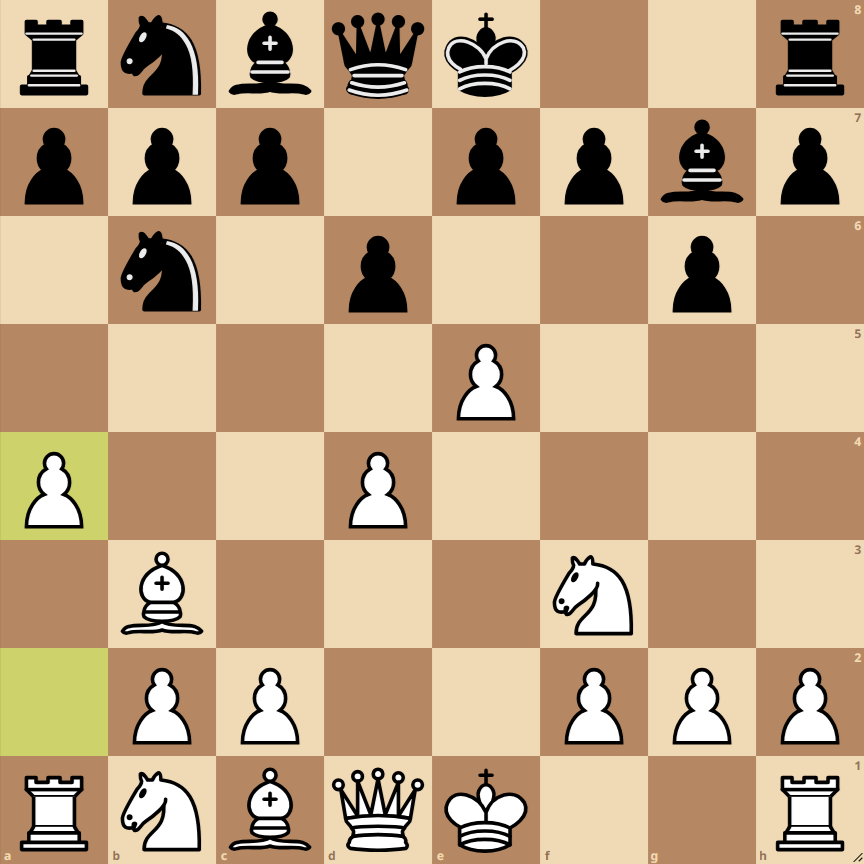How to Play the Alekhine Defense Modern Variation Keres
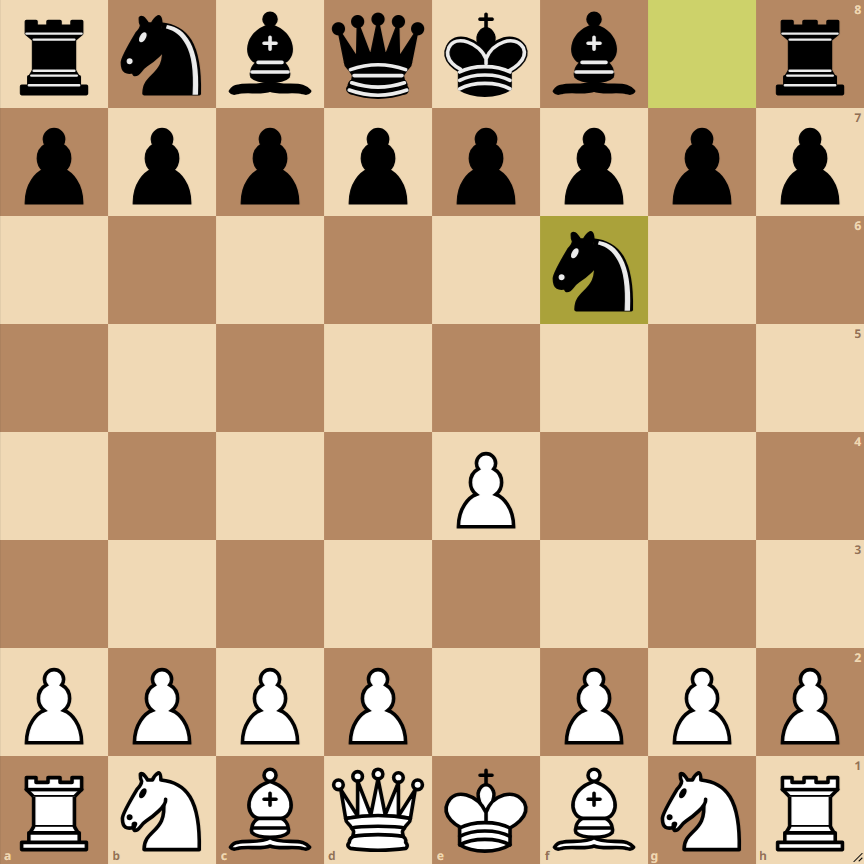
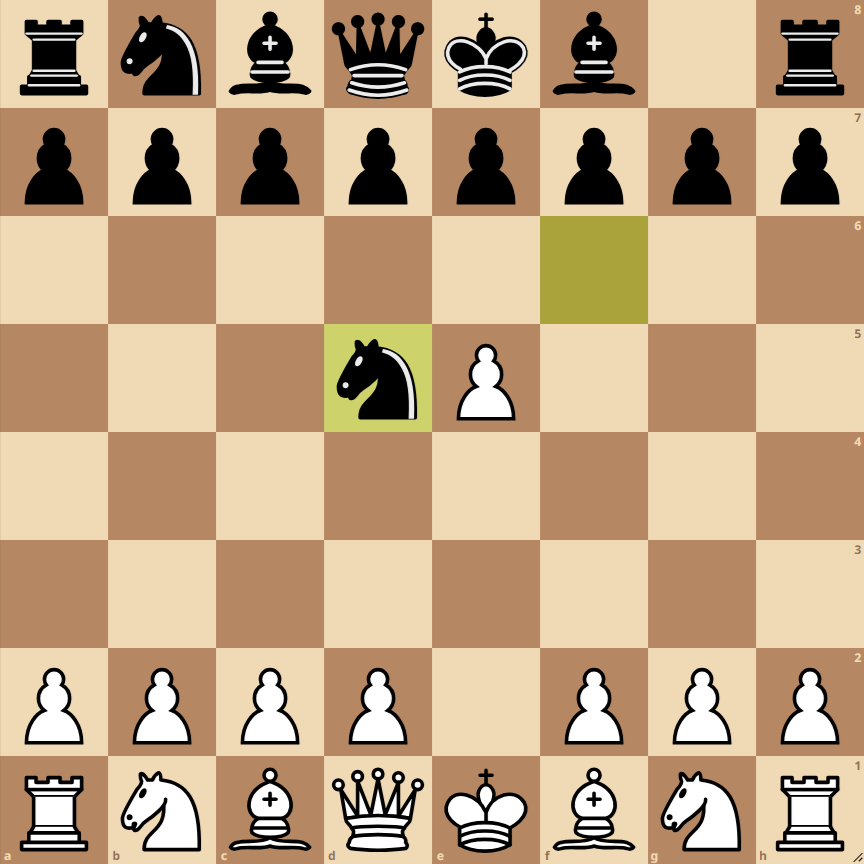
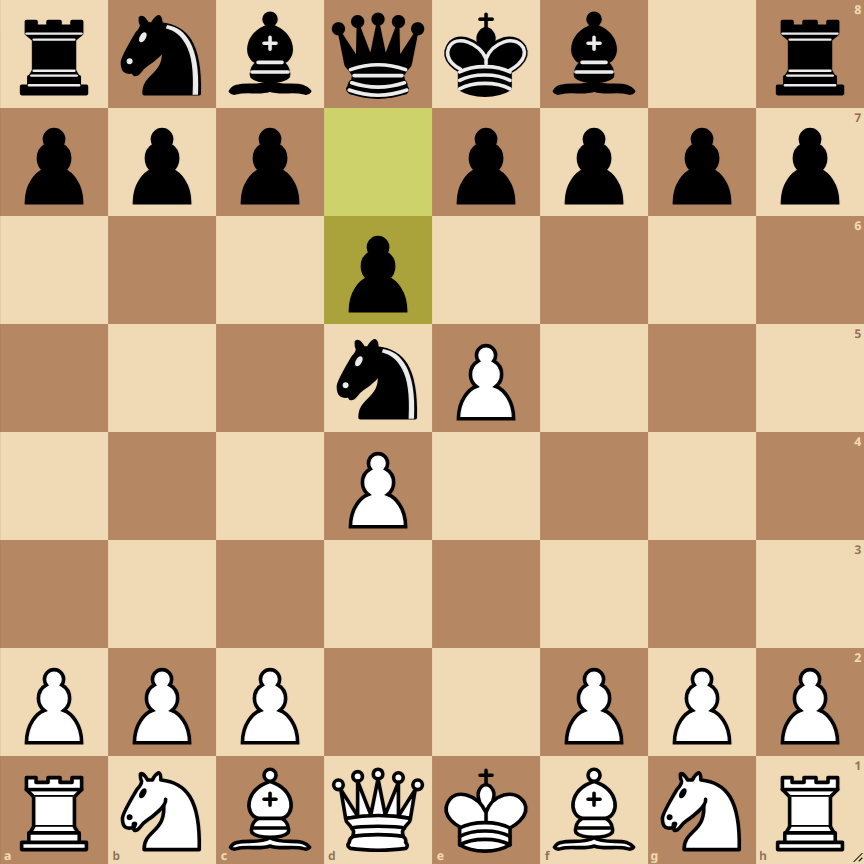
- 1. e4 Nf6: White opens with the king’s pawn move, aiming to control the center, while Black responds with the knight to f6, challenging the e4 pawn and preparing to liven up the game.
- 2. e5 Nd5: White advances their pawn to gain space and displace the black knight, which repositions to d5.
- 3. d4 d6: White continues their development by controlling the center with another pawn. Black responds with d6, preparing to open up the game and undermine the white center.
- 4. Nf3 g6: White develops their knight to f3, supporting the d4 pawn. Black plays g6, planning to fianchetto their king’s bishop.
- 5. Bc4 Nb6: White develops their bishop to c4, threatening the weakened f7 point. The black knight on d5 retreats to b6, releasing tension in the center.
- 6. Ab3 Ag7: The white bishop retreats to b3. Black fianchettos their bishop on g7, increasing control over central squares.
- 7. a4: White plays a4, aiming for space on the queen’s side and potentially preparing for a broader advance.
Variations of the Alekhine Defense Modern Variation Keres
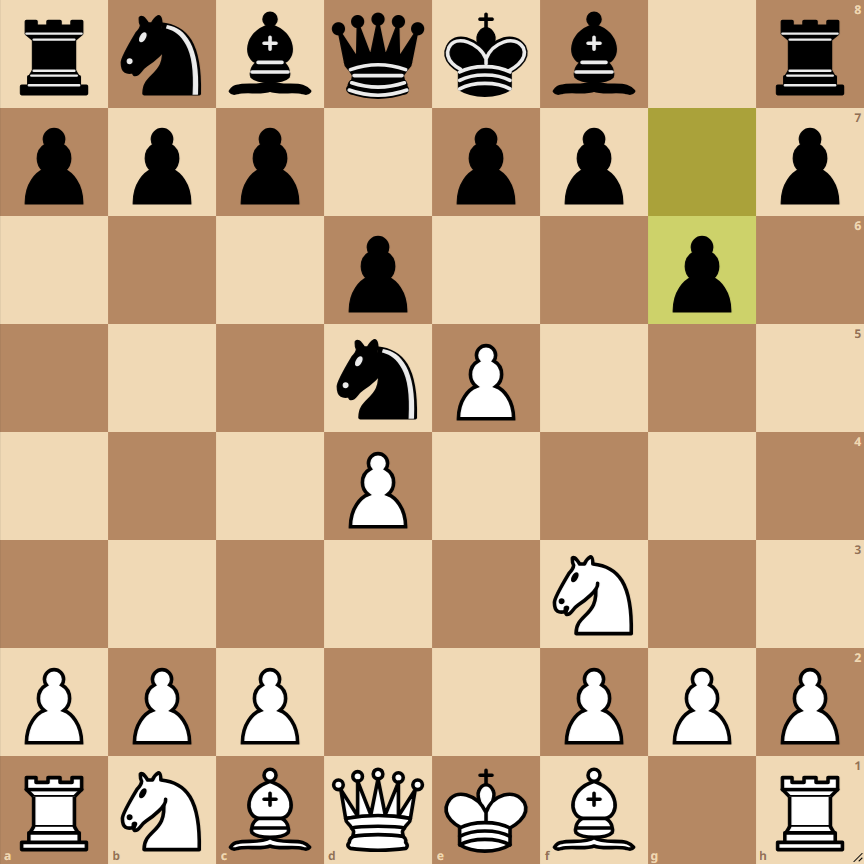
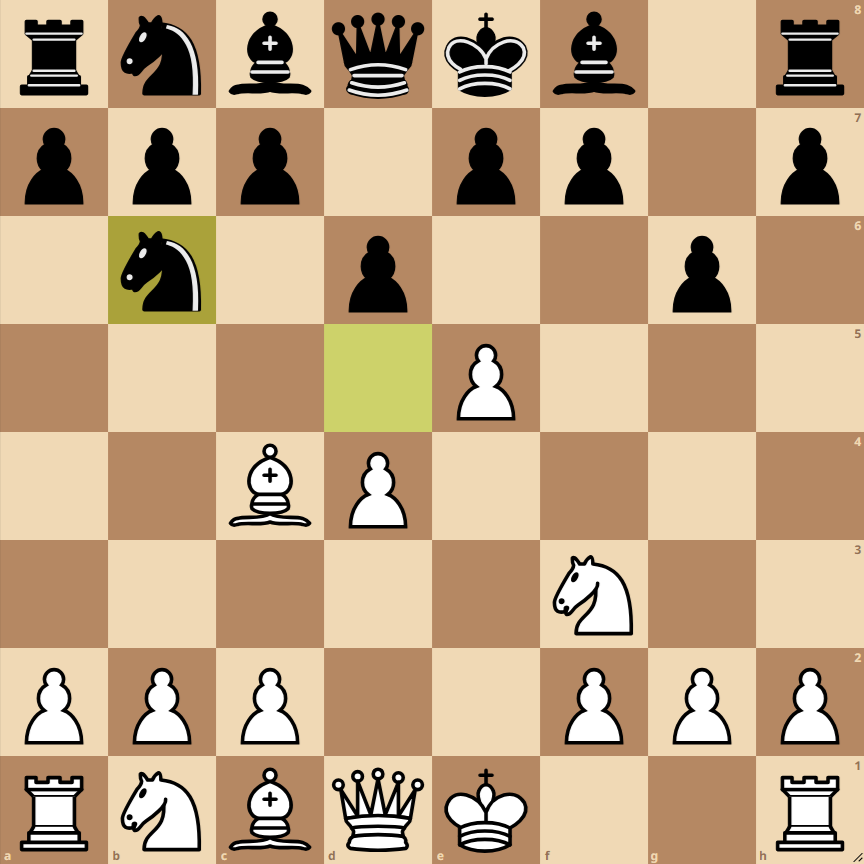
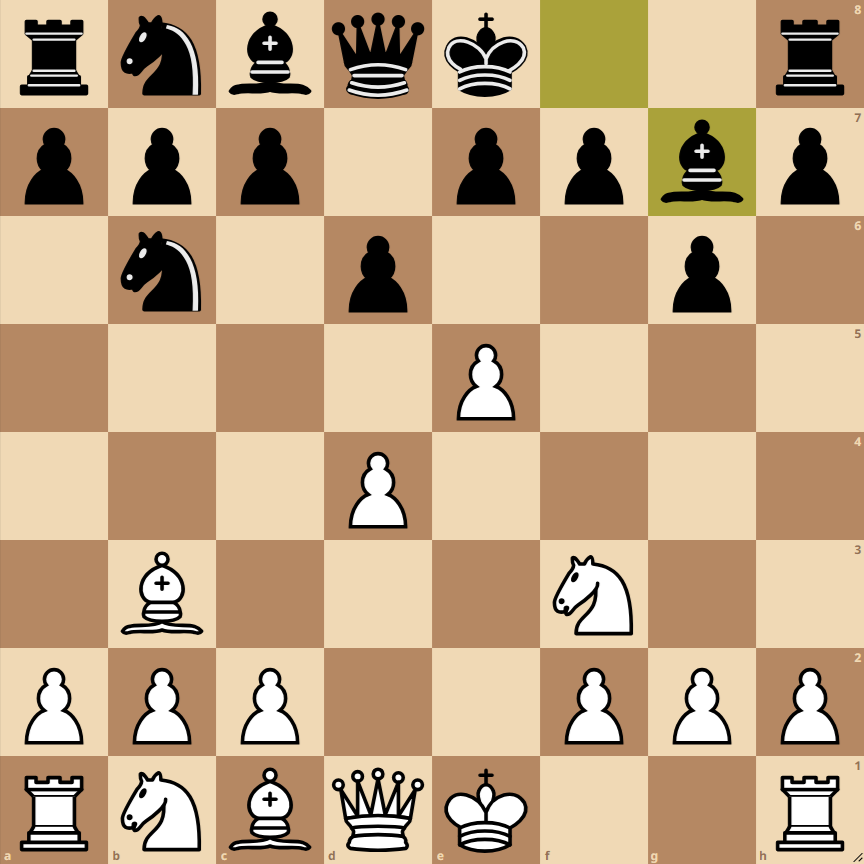
Variation with 5…Bg4
One alternative for Black on the fifth move is 5…Bg4, pressuring the knight on f3 and challenging the white pawn structure.
Variation with 4…Bg4
Another possibility is 4…Bg4, where Black chooses to develop their bishop before playing g6, aiming to create immediate pressure on the knight on f3.

